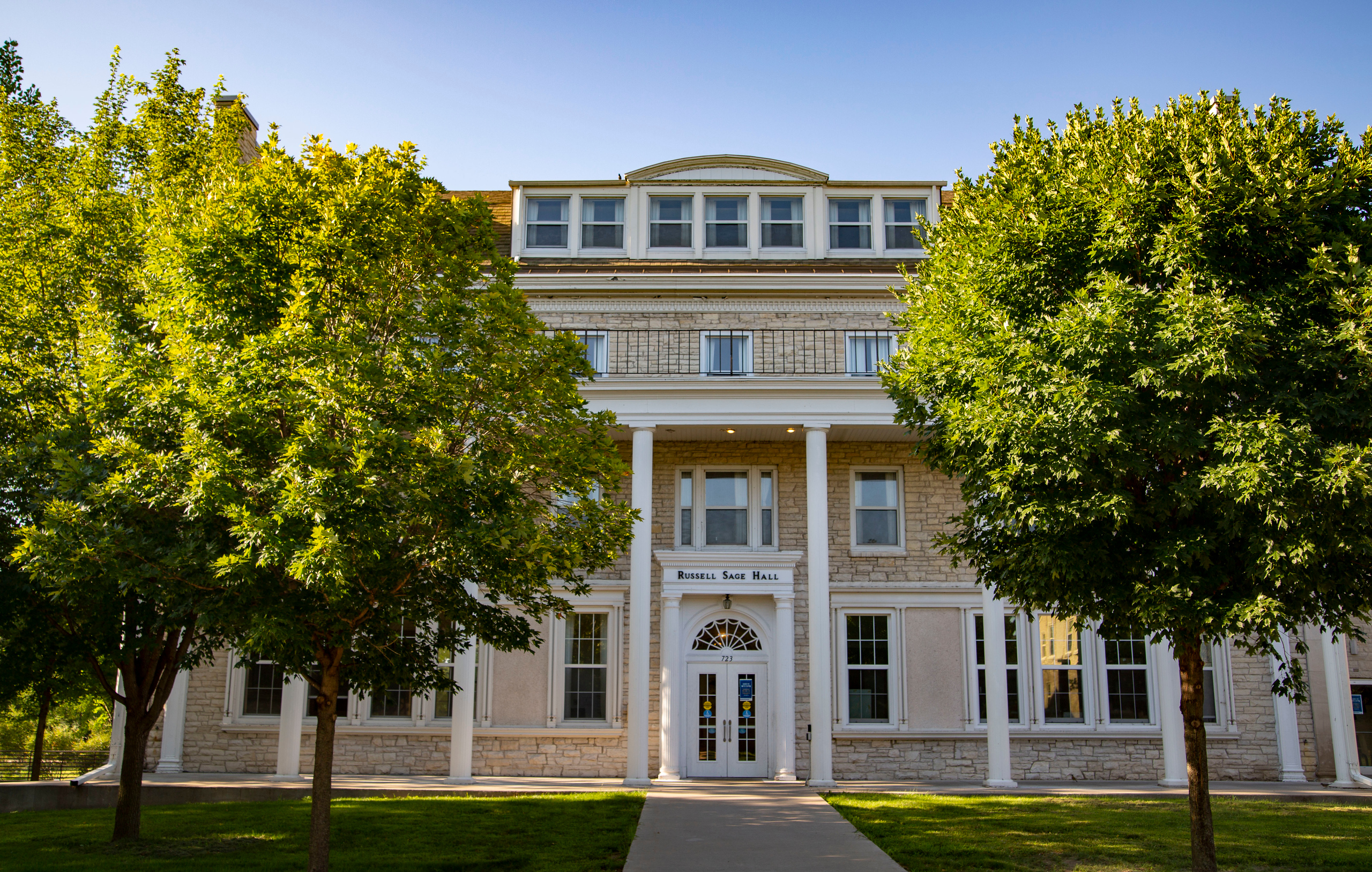The opinions expressed in The Lawrentian are those of the students, faculty and community members who wrote them. The Lawrentian does not endorse any opinions piece except for the staff editorial, which represents a majority of the editorial board. The Lawrentian welcomes everyone to submit their own opinions. For the full editorial policy and parameters for submitting articles, please refer to the About section.
On a sunny April afternoon two years ago, I sat on the steps outside Chapman Hall after making my deposit at the Registrar’s Office. Lawrence was my top choice, tied with the Ohio State University (OSU) in my hometown of Columbus, Ohio, but after meeting the cross country team, I decided this was the place I belonged. Several months earlier, though, the reason Lawrence University even came into consideration as a final choice was the housing.
My brother lived at home while attending OSU, and my father offered me the same deal. It was the best option financially, but such a capitalistic mindset left out the very real need to escape the pernicious suburb I had spent my entire life in. Plus, Lawrence’s campus-focused approach seemed great — all my potential classmates and friends within walking distance!
My first year at Lawrence, I lived on Trever’s only gender-neutral floor. Between having one of the smallest rooms in the building and very noisy neighbors who never seemed to sleep, my fantasy of dorm living had quickly faded. That’s when I started looking at Lawrence’s housing policies with a closer eye.
The first thing I noticed was the lack of accessibility. Trever is one of several dorms without elevators, limiting housing options in a clear act of discrimination against disabled students. Not only is part of the student population excluded from living in Trever, Ormsby, Plantz and Brokaw, they are essentially entirely barred from these spaces, unable to visit friends who live in these dorms or attend any events held in them.
Even more limitations came in the following years with the announcement of first-year-only dorms. This new policy frustrated upperclassmen who now had fewer options, especially for single-person rooms. Those who were unable to get a preferred room and searched for off-campus housing were met with stringent exemption requirements.
In the past year, new housing policy after new housing policy has been ratified, complicating the already-dreadful situation. Having recently been voted in as Co-President of a small group loft, I now have to navigate the treacherous water that is the group housing reapplication process. This year, the application deadline was moved to Feb. 28, giving student leadership just six weeks to get everything in order. This process includes making an application for new members, advertising your small group and garnering the interest of potential new members, finalizing your roster for next year, and then filling out the lengthy application while dealing with the stress and business of Winter Term. All people on the roster must have all their housing forms and mandatory bystander training completed as well as pay their $200 housing deposit before the application is turned in. If just one member has not completed these steps, the entire application will automatically be denied.
One of the new policies that has been particularly troublesome for group housing is the no-vacancy requirement. This academic year, two vacancies were allowed per group, with a vacancy being essentially any empty bed. For example, my roommate studied abroad in Spain during Fall Term, which qualified as one of my loft’s vacancies. If she had been abroad for two terms, it would’ve counted for two vacancies. For next academic year, no vacancies will be allowed. This means that any students studying abroad or otherwise not on campus would have to have a replacement who could step in and live in that dorm room for part of the year. In practice, this ensures that many students who want to study abroad would not be able to live in group housing. For larger groups, it may be plausible to align multiple students who are studying abroad in different terms in the same room to ensure no vacancies. This is not a possibility for a smaller loft, such as the one I live in. With a maximum occupancy of 12 people—only 11 including our CA’s single room—we have no option but to turn away students who would become a vacancy.
ResEd has continuously changed housing policy for the worse during my time at Lawrence. As the leader of a small loft, as a disabled person and as a student, I am constantly worrying about housing. That sense of belonging I felt so strongly on the stairs of Chapman Hall has been dwindling with every term that passes, and I am left worrying whether I will even have a place on this campus in the future.


